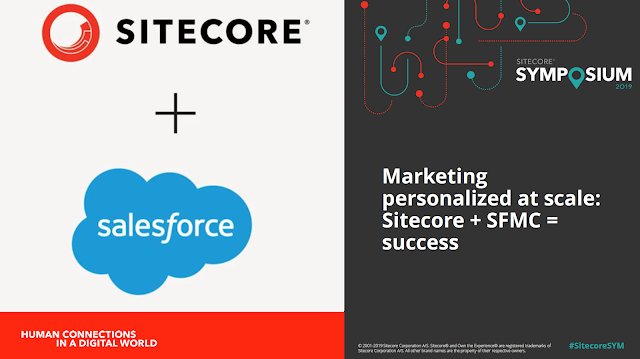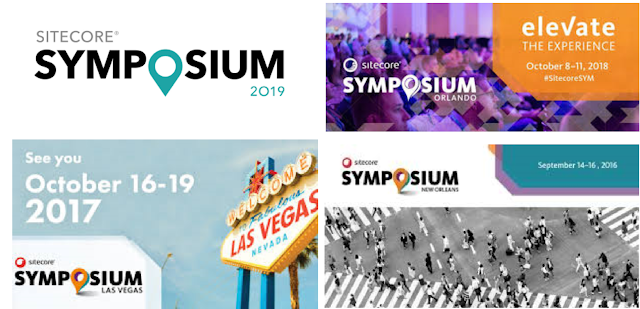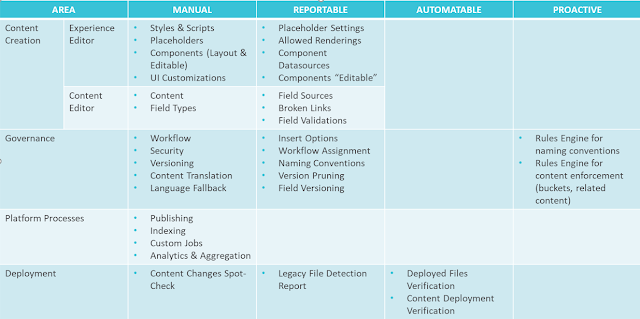There was a great report from Gartner a while back that summarized e-commerce architectures into three categories: Commerce-led architecture Experience-led architecture API-led architecture Following which, Rob Earlam wrote a great summary of Sitecore Experience Commerce's experience-led architectur e. Looking back at my e-commerce experience, I would like to propose a possible fourth one, which is Hybrid Architecture. Now, before I get into the Hybrid architecture. Let me quickly summarize these three architecture types. Commerce-led Architecture The idea here is simple, self-contained commerce solution, often times a monolith, where each every commerce feature is tightly coupled. The advantage in this case is in quickly deriving ROI from the system by shortening the time to market. However, there are several disadvantages to this approach such as single point of failure, lack of scalability options, high cost of maintenance etc. Experience-led Archit...





